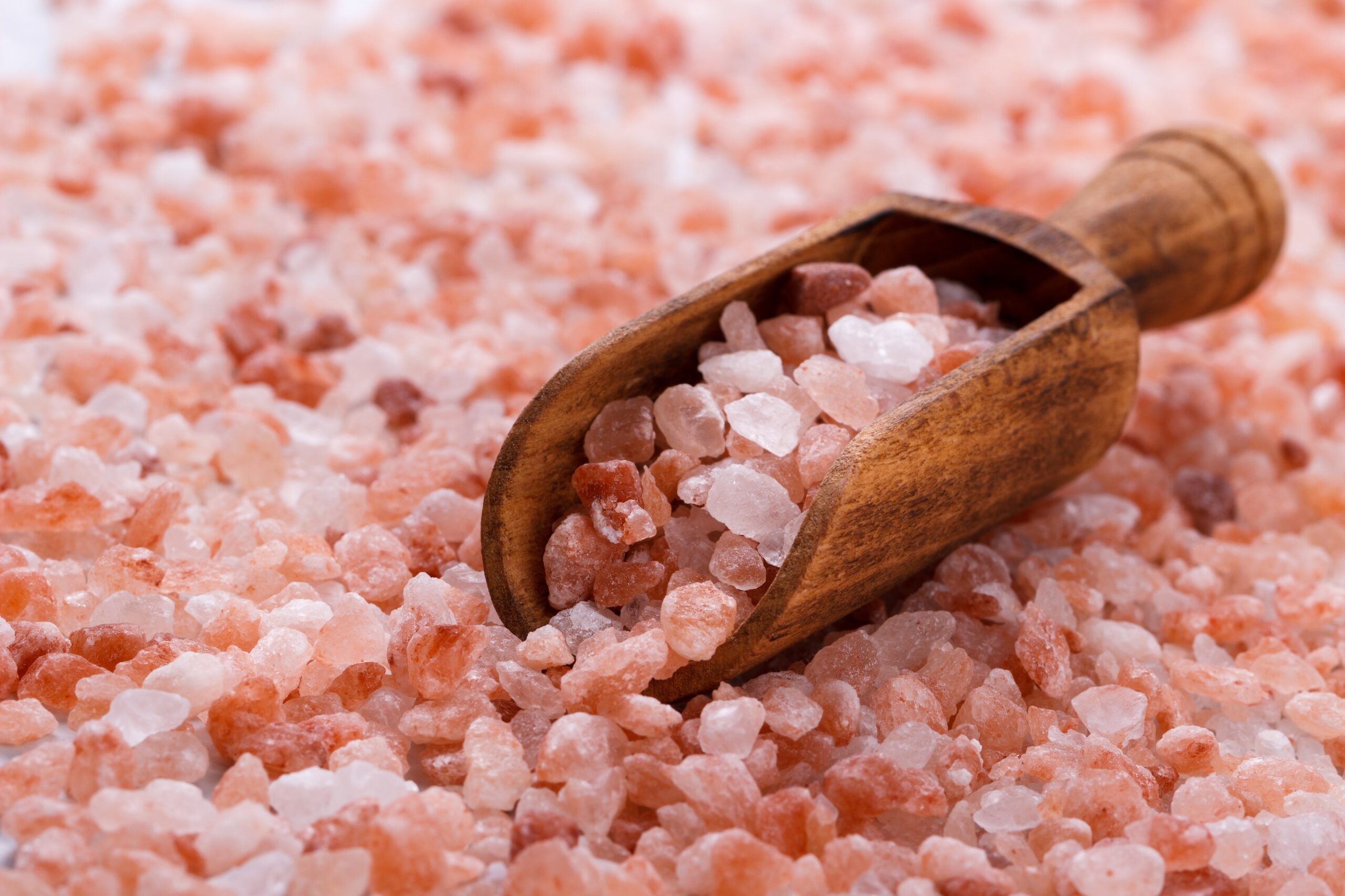[cs_content][cs_section parallax=”false” separator_top_type=”none” separator_top_height=”50px” separator_top_angle_point=”50″ separator_bottom_type=”none” separator_bottom_height=”50px” separator_bottom_angle_point=”50″ style=”margin: 0px;padding: 45px 0px;”][cs_row inner_container=”true” marginless_columns=”false” style=”margin: 0px auto;padding: 0px;”][cs_column fade=”false” fade_animation=”in” fade_animation_offset=”45px” fade_duration=”750″ type=”1/1″ style=”padding: 0px;”][cs_text]Due to flavor and purported health benefits, gourmet salts have become very popular with sales exceeding $250 million per year. These salts come from ancient mineral deposits around the world. Specialty salts vary in flavor, which is desirable for many in cooking. These salts also tend to be higher in calcium, iron, potassium magnesium and chromium, unlike ordinary table salt which has been completely purified.
Himalayan salt is probably one of the more popular salts on the market today and is mined from Pakistan and India near the Himalayas. This salt can vary in color from off-white to dark brown, but the most common is the pink color sold in the form of gourmet cooking salt or salt lamps.
There is no scientific evidence to support any of the health claims made for Himalayan salt lamps. If you’d like to purchase one for the lighting they offer, do so knowing that there are not likely to be any health benefits.
In terms of diet, there are claims that these specialty salts contain as much as 84 trace minerals. But there is also concern over the radioactive and heavy metal substances in these salts. To find out more, a chemical analysis was done by SPEX CertiPrep in 2012, analyzing 12 different specialty salts. Findings showed that the darker or more deeply colored salts were the highest in essential minerals but also in heavy metals. Table salt, which is purified, had the lowest amounts of both.
From a health perspective, the amounts of essential minerals found in specialty salts were too miniscule to bring about any significant health benefits. For example, Kala Namak Black Mineral Salt contained the highest amount of potassium at 0.29 grams per gram of salt. But when you compare this to the daily intake requirement of 4.7grams, you’d do better just eating a potato with the skin, as it contains 1.6 grams of potassium.
You may be thinking that just eating more grams of specialty salt would solve this issue and provide you a significant amount of other minerals. The dietary guidelines recommend that people get no more than 1.5 – 2.3 grams of sodium a day. Salt is made up of 40% sodium and 60% chloride, so roughly 1 tablespoon or 5.69 grams of salt would put you at your upper recommended intake of sodium. At your highest intake, you’d still only reach 1.7g of potassium, only when using Kala Namak Black salt.
Another factor to consider is the amounts of toxic elements that these salts contain – lead, arsenic, cadmium, mercury, thallium, vanadium etc.
When these salts were analyzed, there was no significant amount of toxic elements, aside from lead. The majority of the salts contained 0.5mcg of lead per gram. This may not sound like very much, but even small amounts can be harmful to infants, children and pregnant or lactating mothers. In the state of California, foods above 0.5mcg of lead requires a warning label, and although the FDA’s recommendations for safe levels of lead ingestion vary, they also caution against foods containing more than 0.5mcg of lead for infants, children and pregnant or lactating mothers.
In conclusion, analysis of specialty salts did indicate that they contained higher levels of nutrients than regular table salt, but not an amount high enough to constitute any health benefits. So, if you choose to use these salts for their flavors, that is perfectly fine. However, if you want to minimize your intake of toxic elements, lead in particular, it would be best to avoid darker colored salts. The specialty salts with the lowest content of toxic elements were Primordial Himalayan salt, Himalayan Pink Fine Mineral Salt, Mediterranean Sea Salt, Sel de Mer, and Murray River Pink Flake Salt.
One last thing to keep in mind, is that specialty salts do not have added iodine like conventional table salt does. Iodine is required for healthy functioning of the thyroid gland and proper brain development of children in pregnancy and infancy. The World Health Organization (WHO) estimates that over 2 billion people, in the world, may be iodine deficient with 50 million of them suffering from serious iodine-deficiency-related illness. Iodine has been added to table salt since 1924 as a public health measure. It is not, however, added to salt used in processed foods. If you choose to use specialty salts in place of table salt, make sure you are getting adequate iodine intake from other sources such as kelp and other seaweed, seafood, dairy products, grains and eggs. Fruits and vegetables contain iodine, but levels vary greatly depending upon the iodine content of the soil in which they are grown.
Dr. Oleg Chestnov. Sustaining the elimination of iodine deficiency disorders (IDD). Noncoummunicable Diseases and Mental Health World Health Organization.
Hall, Harriet. “Pass the Salt (But Not That Pink Stuff)”. Science-Based Medicine. 19 August 2014.
Weil, Andrew. www.dreweil.com. “Are Himalayan Salts Worthwhile?”. 3 August 2015.
National Institutes of Health: Office of Dietary Supplements. Iodine: Fact Sheet for Health Professionals. June 2011.
SPEX CertiPrep. Analysis of Gourmet Salts for the Presence of Heavy Metals. 2012.
ConsumerLab.com. ConsumerLab.com Answers. “I’m interested in using Himalayan salt. What are the health benefits with it and other specialty salts? Are there contaminants in these salts?”. February 11, 2017.
Agency for Toxic Substance & Disease Registry (ATSDR). “Lead Toxicity: What are U.S. Standards for Lead Levels?”. 12 June 2017.[/cs_text][/cs_column][/cs_row][/cs_section][/cs_content]

